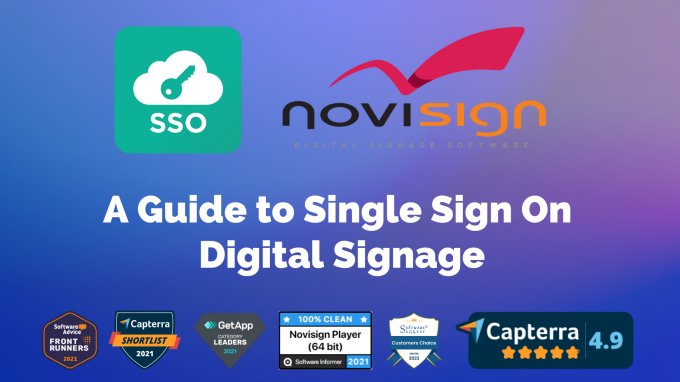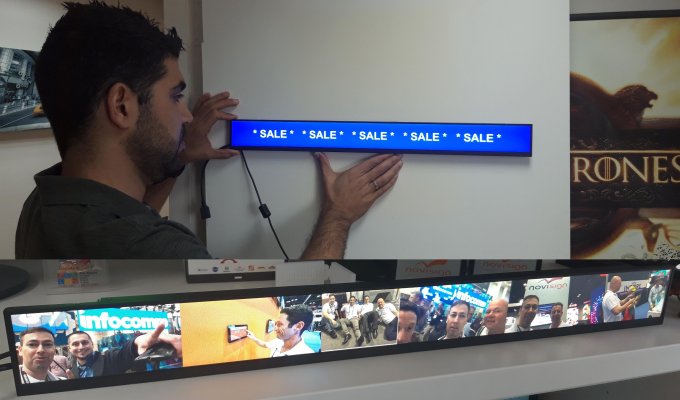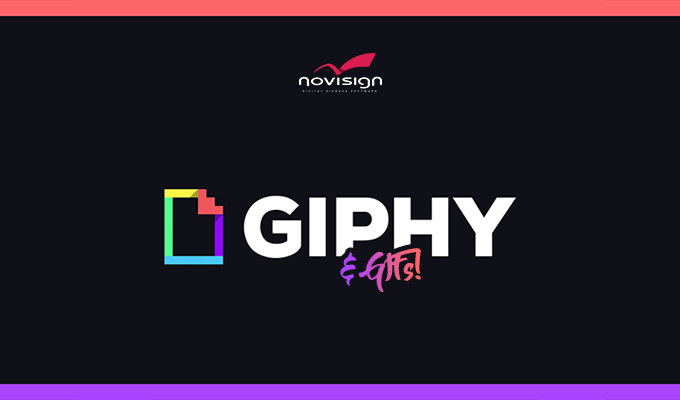
Manage user access to NoviSign’s Digital Signage Software with Single Sign-On using SAML 2.0. As a result, SSO reduces the number of calls to the help desk, improves security and aids in regulatory compliance for users and administrators. Several SSO providers, including Google, Microsoft and Okta, support SAML 2.0.
Because of SSO digital signage, all of your staff need to create a single user and password to access all of your company’s connected systems. As a result, they don’t have to re-authenticate each time they switch between the systems. Life could not be easier than that: you open one door and get access to all the rooms in the building, no need to use your keys anymore. Just imagine…
A Technical Breakdown of Single Sign-On Digital Signage
SSO enables IT and security administrators to regulate who has access to which system and manages the enrollment and departure of new employees at a high level. In addition, SSO access can be revoked if an employee quits a company, that way they will no longer have access to any company data.
It’s up to someone – usually IT – to find all of the usernames and passwords a departing employee uses and ensure that they no longer have access to any corporate data. Administrators may find this difficult and time-consuming.
Because of the increasing number of firms implementing single sign-on digital signage, it is becoming increasingly to manage users.
This form of authentication will not function if a corporation wishes to use HTTP authorization, but an SSO wall protects that site. Attempting to open the site on a media player will only display the SSO login screen. This means that HTTP authentication is rendered ineffective.
Multi factor Authentication
When you use SSO to connect to your digital signage CMS (as well as to all other systems and resources of the company), you can use multi factor authentication, which is becoming more and more common due to security risks and hackers attempts. Usually two-factor authentication will do the job and let you sleep better at night.
Basically, multi-factor authentication means that any user needs to authenticate his identity more than once. Example: logging into the system (i.e. Windows Active Directory) with username and password and then another way of authentication such as getting SMS to their phone with code and typing that code, using Captcha or ReCaptcha, using a security coding device and so on.
The multi-factor authentication must come from the network/system side and not from the digital signage CMS, as this should be done in the entrance to the system, like a when entering a theatre: the guy in the entrance will check your ticket and maybe check more (in case of multi-factor authentication) BEFORE you get in. After you’re in, no more checks. This is how it works.
Chad.
 info@novisign.com
info@novisign.com +972 (9) 794-7643
+972 (9) 794-7643 (646) 893-7770
(646) 893-7770


